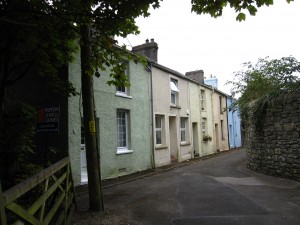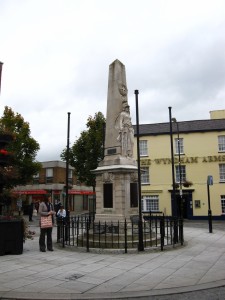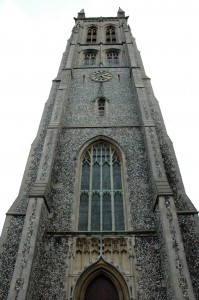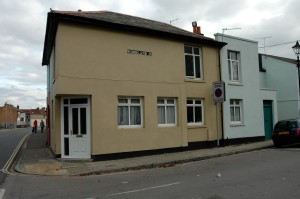Findmypast and The National Archives today publish the highly anticipated 1921 Census of England and Wales online, as the 100-year rule, which ensures records are closed to the public for 100 years, has ended.
After three years of intensive conservation and digitisation and with the help and support of the Office for National Statistics, the Census is now available to search and explore online, only at Findmypast.co.uk.
Taken on June 19th 1921 after being delayed by two months due to industrial unrest, the 1921 Census saw over 38,000 enumerators dispatched to every corner of England of Wales to capture the details of more than 38 million people. This included over 8.5 million households as well as all manner of public and private institutions ranging from prisons and military bases to public schools and workhouses.
Offering more detail than any previous census ever taken, the 1921 Census of England and Wales not only asked individuals about their age, birth place, occupation and residence (including the names of other household members and the number of rooms), but also their place of work, employer details, and gave ‘divorced’ as an option for marital status.
Now accessible to the public for the first time, these valuable documents provide visitors to Findmypast with millions of unique opportunities to uncover the lives of their ancestors, the history of their homes and communities, as well as providing a fascinating snapshot of life during an era that will resonate with many today.
Falling between the two world wars, the record paints a disparate picture of England and Wales, from the Royal household to the average working-class citizen, still reeling from the impact of WW1 a major housing crisis, the Spanish flu pandemic, ravaged economy and industrial turmoil.
The publication of these documents will mark the last significant census release for England and Wales in many people’s lifetime as the 1931 Census was destroyed in a fire and the 1941 Census was never captured due to the Second World War. This means the next census will not be available until 2052.
Records reveal the lives of both the ordinary and extraordinary, documenting everyone from war veterans, widows and orphans, working women and vagrants to prominent individuals such as national treasure Sir Captain Tom Moore, mathematician and Enigma codebreaker Alan Turing, Lord of the Rings author J. R. R. Tolkien, Tale of Peter Rabbit author Beatrix Potter, first female MP to take her seat in Parliament Nancy Astor, The Royal Family and many more.









